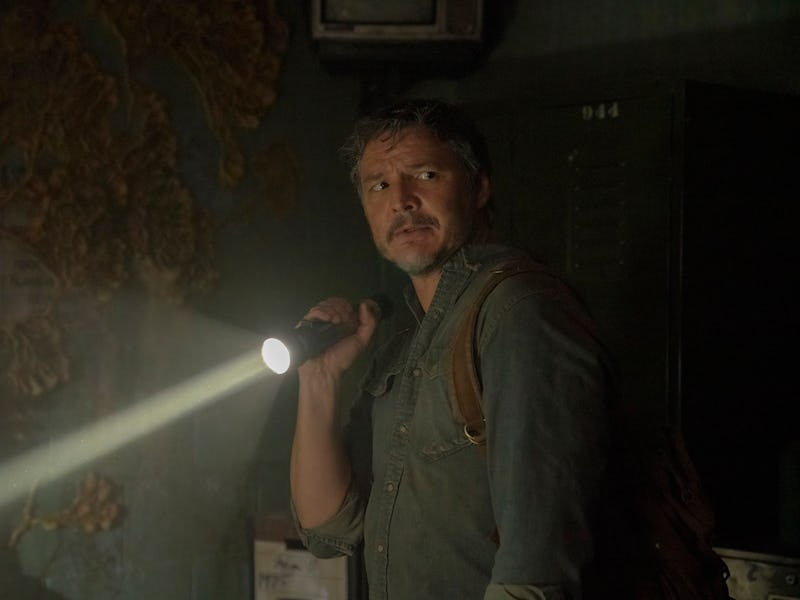One scene in The Last of Us fixes the worst zombie trope
The exposition dump is dead, long live the exposition dump.

Zombie stories are a long-time staple of cinema, but with the timeless genre comes a lot of tired tropes: the horde of the living dead, a Chekhov’s Gun weapon, the character who gets bitten but doesn’t say anything because they think they’re “different.”
But the most insidious of all these tropes is probably the most noticeable — the exposition dump. In a single scene, HBO’s The Last of Us not only avoids the exposition dump trap, it also sets up the stakes of its unique zombie-ridden world. It’s a masterclass in storytelling, and so genius you may not have even realized it was happening.
Exposition dumps are so inevitable because they take care of a really annoying part of post-apocalyptic and dystopian storytelling: establishing the “rules” of the new world. Canonically, it doesn’t make much sense for characters who have been living the apocalypse to be discussing how it works, so this exposition is usually done in a clunky voice-over or monologue, or, if the filmmakers are feeling clever, a news broadcast.
The Last of Us doesn’t just throw away the rulebook of exposition, it also rips it apart and sets it on fire, just in case. After the intro set in the ‘60s and the heartbreaking prologue set in 2003, we flash forward 20 years, after two decades of Infected roaming the country.
The first half hour of The Last of Us covers the first day of the outbreak in 2003.
Instead of panning over a newspaper or have Joel reflect on past years, our first glimpse of this new world is of a small boy roaming the wilderness before finally stumbling into the Quarantine Zone. He’s let in and strapped to a chair “so he doesn’t fall out,” according to a Fedra officer. As he looks around, he sees two posters on the wall, pointing out common symptoms of cordyceps infection and how quickly it spreads depending on where you’re bitten.
The officer questions him while someone tests him with a mysterious device. The officer sees the device light up red, and then tells the boy, “What if I told you after we give you some medicine, we’re gonna find you your favorite food to eat?” She keeps telling him about everything they’re going to give him while he’s injected with some substance. “You’re safe,” she tells him.
In the very next scene, we see Joel burning bodies, including the boy’s.
This scene establishes everything we need to know with only a few lines of dialogue. The virus is still rampant, there’s a way to test for it, and infected people are euthanized to prevent spread. But not all the genius can’t just be attributed to the script — the posters on the wall are a classic example of environmental storytelling: exposition by showing, not telling.
The influence of the game’s environmental storytelling evident throughout The Last of Us.
But aside from establishing the extent of the Outbreak, this scene gives us a crucial look at the stakes of this world. Life is disposable, and Fedra isn’t afraid to kill children if they have to. Now the audience knows this, it makes Ellie’s existence — and the utter refusal by the Fireflies to hurt her — all the more confusing. If life is so disposable, why are so many characters willing to die if it means she’ll survive?
Of course, we get the answer to this question in the episode’s last few minutes when a Fedra officer tests Joel, Tess, and Ellie. Because of the earlier scene, we know what happens to infected, so when Ellie freaks out and stabs the officer it could only mean one thing — she’s infected but somehow immune.
It’s an incredibly complex situation in an extremely foreign world, but the first post-prologue scene acts like a code key, showing exactly what matters and what is willing to be sacrificed.
The Last of Us is now streaming on HBO Max.